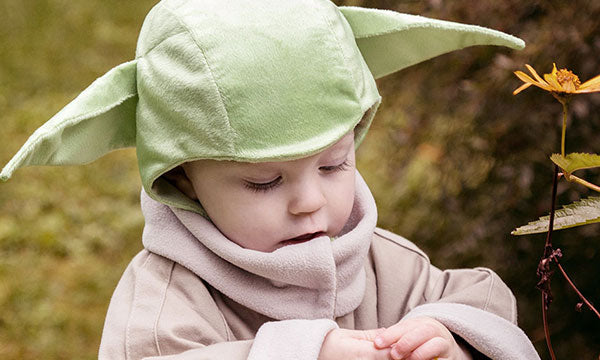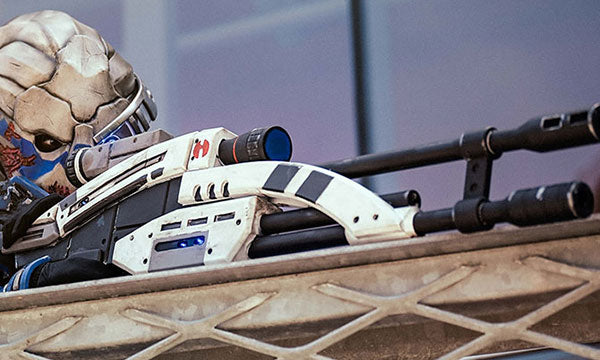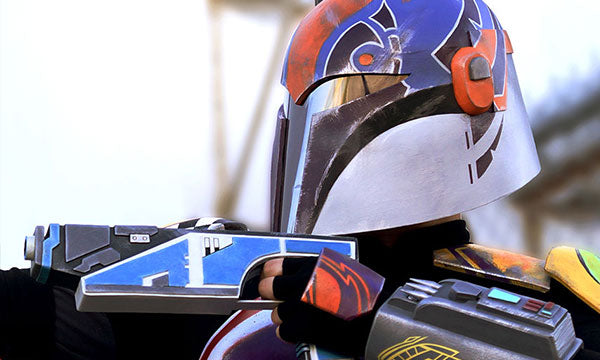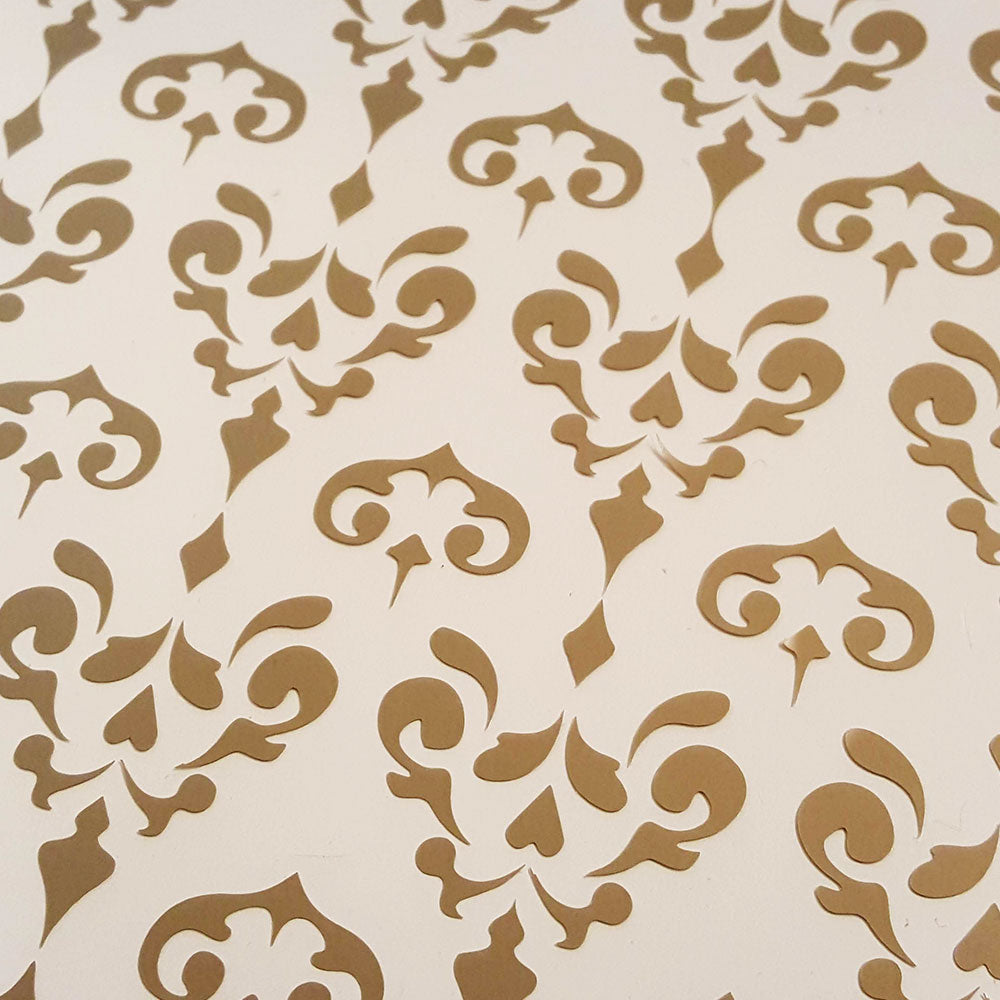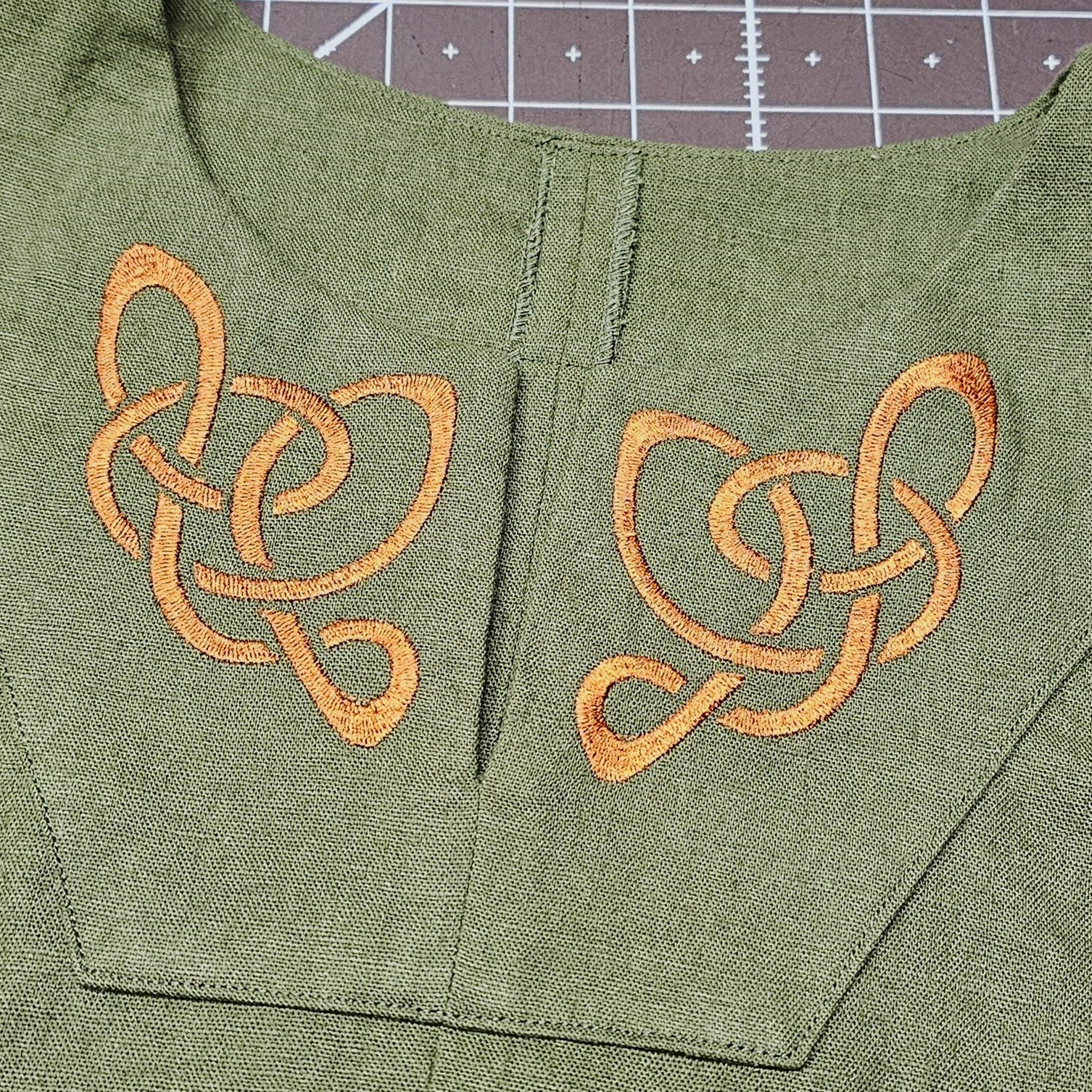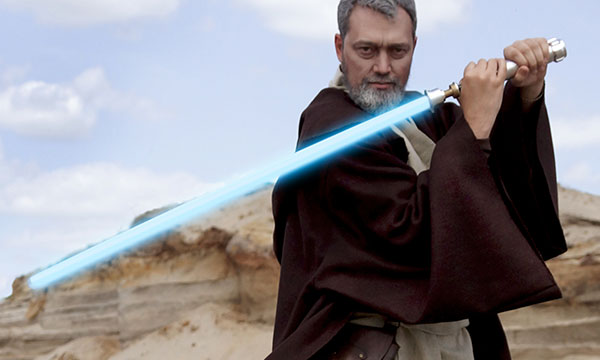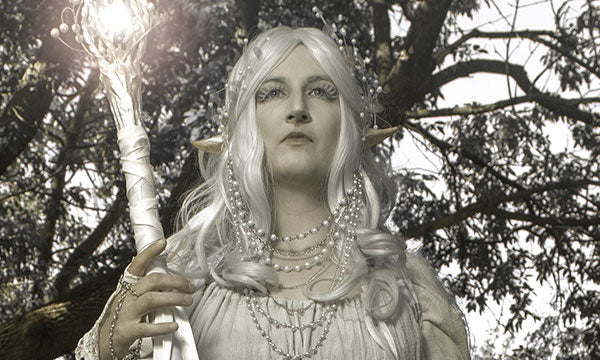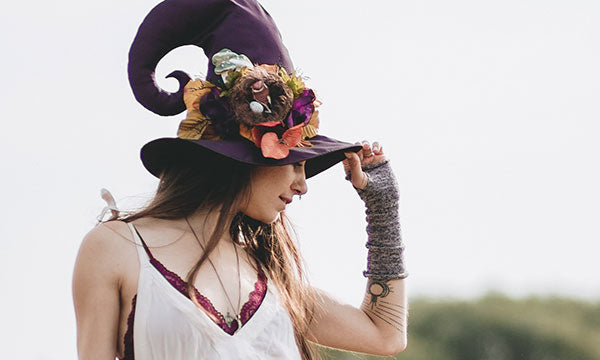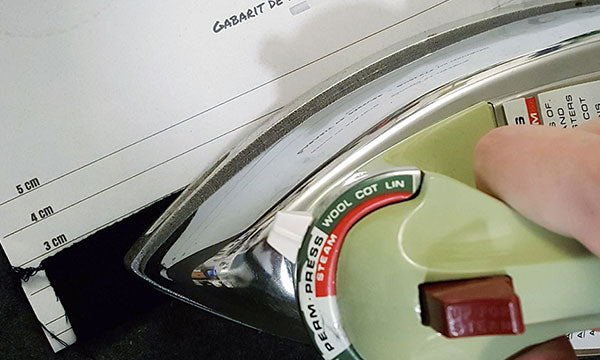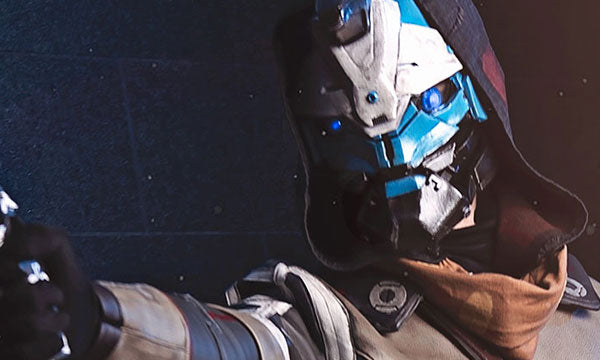8 materials to use with your cutting machine for your costumes
I like the tools. I like to equip myself to do new stuff and render my costume making more efficient. A while ago I bought myself a Silhouette Portrait * cutting machine... and the more I use it, the more I test things, the more I like it.
What exactly is a cutting machine (or die cutter), you say?
As its name suggests it, it's a machine that cuts... But more precisely:
- It's connected to a program on your computer, where you can create or import images.
- Once your design is ready, you place your material on the machine's cutting mat.
- Then, a bit like with a printer, you send the image to be cut, you choose the printing specs (or rather, cutting). And, it's your little machine that does the job.



This is a machine that is used quite a bit by scrapbooking fans. But it's super cool in costume making, too. So, are you thinking about buying this kind of tool to add to your workshop arsenal? Did you just buy yourself one, but you still don't know what to do with it?
That's ok, here's a small list of the different things you can do with your new toy.
* Small note: my die cutter is a Silhouette Portrait. So, this is the machine I'm going to tell you about. But there are several models on the market. One of the advantages of the machine that I have is that it is quite inexpensive compared to others. But, Cricut and Artistic Edge machines do pretty much similar things (but I don't know the details…).
1 - transparent vinyl
I told you about stenciling before in my article on fabric painting. This is handy, especially when you have a regular pattern to paint. And especially if you want to do it in large quantities.
The big advantage with the cutting machine is that you can make designs a lot more precise and complex than if you had to cut everything by hand.
This is the case with the teacup I made for a friend. I could have painted a pattern freehand, but it wouldn't have been so consistent. And cutting that kind of stencil exactly would have taken a long time.
Thanks to my Silhouette, I was able to make the design around the cup quite easily.
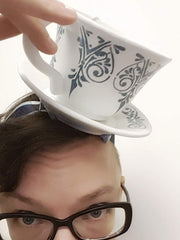
2 - heat transfer vinyl
To make a super clean design, with crisp edges and uniform color, heat transfer vinyl is really a good solution. I told you about it in my pattern and design article. What I love about this kind of material is the super smooth texture. And it holds up better than paint, in the long run(to be taken into consideration for a costume that will be washed often). In addition, there are glitter hot transfer vinyls, glow in the dark, etc. Enough to do some pretty cool stuff.
* Quite important note: As the design is cut on the back of the material, if you make a non-symmetrical design (like lettering), above all, do not forget to flip the image… With my Silhouette, when you select this sort of material, the program warns you before starting the job, just to make sure that you don't ruin your project. Isn't that sweet?

3 - colored and textured vinyl
Adhesive vinyl is a classic material to use with a die cutter. You can do wall decals, stickers, lots of stuff ... But in a costume project, why would I use that? For the textures!
There are super shimmering things, metallic or holographic effect, animal pattern, camo, baroque… there are really lots of style. Just need to check what is it you'd need, and what you want to try.
Obviously, you can't stick this kind of vinyl on just any surface. It takes something firm andnon porous, so we forget about the fabrics (but for that, you have the heat transfer vinyl anyway). But, if you are working with styrene, PVC or Sintra, you can apply this kind of vinyl on sections of your armor or props to give cool effects. And to carve weird or delicate shapes, there is nothing like a cutting machine.
I haven't used this type of vinyl very often, but it's definitely in my future project.

4 - leatherette
I really like doing appliqués. I love the relief it creates and the super clean feel when you work with the leatherette. And to make appliques with a rather complex design, my Silhouette has become quite an essential tool.
It cuts upholstery faux leather very well (thinner, more stretchy leatherettes doesn't work quite as well), and does a super clean job. Fun fact, the scraps are so beautiful, that you're gonna wanna find what you could do with it to use them.

5 - cardboard
Obviously, you can cut paper and cardboard. Which is very cool for upcycle projects. Be careful though, not just any cardboard. Soft cardboard boxes (like a cereal box) are good. However, thicker stuff is too dense. For the Silhouette anyway… (I don't know the specs of the other die cutters).
That being said, you can still work with your die cutter on thick cardboard, to score the material and make folding notches or just texture.
I tested a lot of stuff and types of cardboard when I did my Vah Medoh helmet project. The best thing to do is to run some tests.

6 - EVA foam
If you build armors and props, you will probably be happy to know that you can cut EVA foam with the Silhouette. Be careful, no more than 2mm thick. You won't be able to cut your entire armor with your die cutter... But to add layered details on a piece, it is quite awesome.
The other technique that I love is the scoring. I adjust the blade of my Silhouette so that it cuts just halfway through my foam. And with the heat of my heat gun, I bring out the pattern. It's a really cool technique to try.

7 - flexible plastic
Thick plastics unfortunately cannot be cut with a cutter (you'd need a laser cutter for that, but that something else).
On the other hand, if you want to create accessories with transparency, you can use acetate sheets (you know, the transparent plastic sheet around the cakes) or mylar (the flexible plastic used for the stencils that you can buy, ready to use, in store).
Mylar is usually sold for making stencils, but I prefer to use adhesive vinyl. On the other hand, I admit that it is a good option if you want to keep your stencil for a really long time.
I use these flexible plastics when I work on projects with light.

8 - fabrics
Attention! Do not think that you will be able to cut all your pattern pieces with your new cutting machine… The fabric is too soft to be easily cut with a blade (have you ever tried to cut fabric with the exacto? It was inconclusive, right?).
But, if you want to cut small pieces to make appliqués, there are ways to do it. You will need a sheet of double-sided iron-on adhesive (like Heat n'Bond) and a fabric stabilizer.
It's a bit of a job to prepare, but it's the best way to make your fabric cuttable (is that a word?).
In the case of the mini knight costume I made, I really wanted an appliqué, but I also wanted to keep the fabric textures quite natural. So it was worth it to prepare my fabric to easily cut it with my Silhouette.
Despite the clean cut, with a standard fabric, I still prefer to finish my appliqué with a zigzag seam to cover the edge of my fabric. It's still a fraying fabric, even with the stabilizer and the adhesive ... especially if you intend to put it in the washer.

- - - - - - ✂✂✂ - - - - - -
Ok, now you are like "That looks cute and all. Plenty useful… But, how do I create my patterns? "
You have several options:
The free program that comes with the Silhouette is pretty basic. But that's enough to do a lot of things. If you want to prepare lettering or a simple pattern, you can do it all within Silhouette Studio.
But the truth is, you're probably going to want to do more complex stuff, right? I prefer to prepare my designs on another program (I am used to working with Photoshop and Illustrator - but there are other programs). In this case, you can prepare your illustration in another program and upload it to Silhouette Studio.
You that techy? Or don't you have an illustration program? Don't worry, there are plenty of people doing designs just for these machines. You can find them on Etsy, among others. The important thing is to make sure, when you buy a template, that you have a format that the program on your machine can read. In the case of the Silhouette, I recommend using PNGs. For other machines, SVG format is often the way to go.
And I also have a selection of cut files available on my shop.
And if you're looking for something in particular, and you can't find it ... let me know, I can probably help you.
We'll talk to each other soon.
Until then… Keep on crafting!
🤓✂🐙
.


